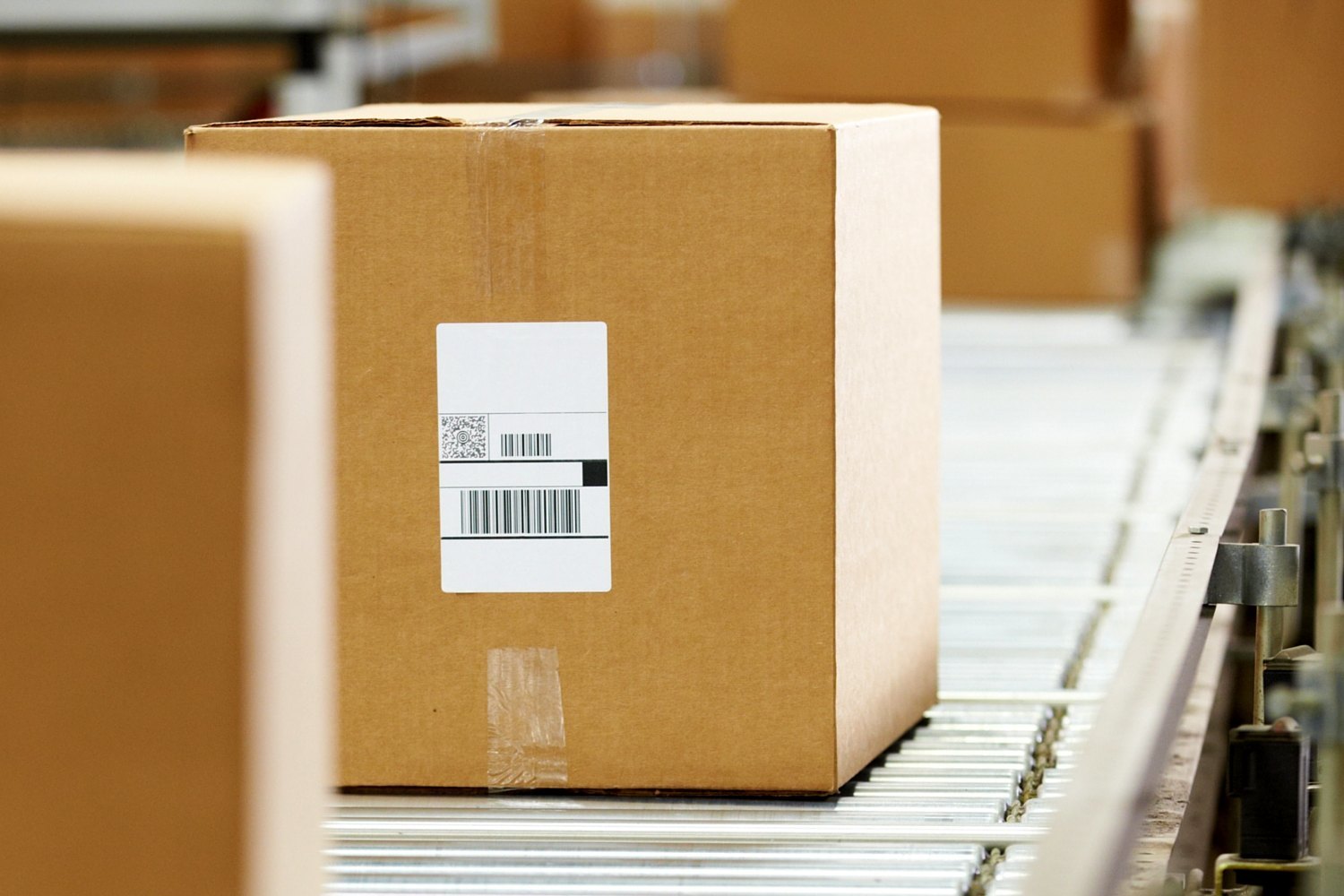Getting products into a customer’s hands after they’ve made an online order has been a challenge for online retailers since day dot. Late and lost deliveries, damaged products and rising costs of shipping have all contributed to giving carriers a negative reputation in the minds of many merchants.
That said, the shipping experience is the only physical interaction that retailers have with their online customers. Making this as seamless as possible can not only help to improve a customer’s experience with your brand, it can also significantly increase your chances of converting browsers into shoppers. Temando recently undertook a global survey to find out what customer’s value in a shipping experience and what retailers are currently doing to meet those demands. Based on those findings, here are 4 key areas for retailers to focus on to turn shipping processes into weapons that increase sales (not stress levels):
The cost of shipping
Shipping costs are often quoted as the biggest influencer of cart abandonment – and with good reason. They’re often shown right at the end of the checkout process and the additional costs can make a difference to a customer’s willingness to complete the purchase. This is backed up by data too with 70% of Australian consumers having abandoned a cart due to shipping costs. There are two ways to overcome the challenge of shipping costs. The first is to be more transparent with the cost of shipping. If you offer flat rate shipping or a free shipping threshold, make these messages visible on the site before the customer reaches the checkout. If a customer knows what the shipping cost is before they go to complete a purchase they are less likely to be surprised when shipping is added to the total cost. The second way to decrease the impact of shipping costs on conversions is to subsidise the full cost of shipping. Currently 75% of enterprise retailers surveyed in Australia offer a free shipping option, with the other 25% subsiding the full cost in some way. This strategy can work particularly well when retailers offer more than one shipping options as they can offer a low-cost or free standard service and an unsubsidised express option for customers that value quicker deliveries.
Delivery choice in the checkout
Offering customers multiple shipping options at checkout is not only a great way to increase the likelihood of conversion, it’s a commonsense way to improve the shopping experience. Customers are unlikely to want the same experience when they order online. Some are after the lowest price while some will want the item as soon as possible. While 83% of customers expect to see multiple ways to receive their item at the checkout only 54% of Australian retailers are currently offering them. Multiple options for customers can also help established retailers to make the most of their retail stores. Enabling Click & Collect allows retailers to offer choice at the checkout while also bringing their customers in store where they can provide a heightened experience or create cross-selling opportunities.
Getting orders out the door
Now that we’ve discussed the steps you need to take to make shipping costs less confronting to customers in the cart it’s time to look at the efficiency of your fulfillment processes. Australian retailers perform well here with 66% of merchants able to pick and process orders within 4 hours of receiving them. Especially when you consider the increasing delivery speeds expected by modern customers, being able to get orders out the door the day they are made is crucial.
Easy returns
Finally, and maybe surprisingly, retailers need to start viewing their returns policy as a sales tool and not a customer service operation. Customers are more likely to trust retailers that have returns processes that are easy to follow and allow customers to return their products in a reasonable amount of time. This is especially true for smaller retailers building their reputation in the market. Currently, 31% of micro retailers only offer returns for 7 days. By increasing the length of time customers can return their items, and therefore consumers perceived risk, then it’s likely that more would be willing to proceed to checkout. Shipping and fulfilment has evolved from a necessary cost center to a source of competitive advantage for savvy retailers. By properly implementing processes that offers customers choice and convenience in receiving their goods, retailers can expect less cart abandonment and more satisfied shoppers. To further explore the opportunities that exist for retailers to use shipping as a competitive advantage you can download Temando’s full research report, The State of Shipping in Commerce 2016


Subscribe to updates
Get the latest news and payment insights from Eway hot off the press.



